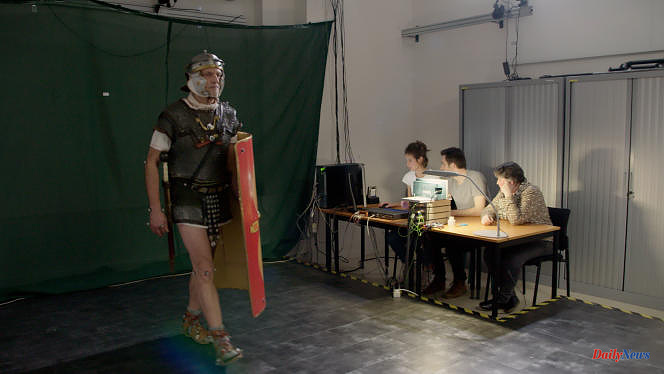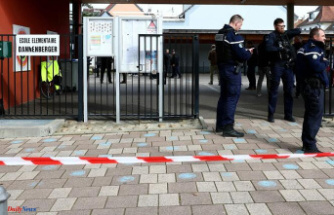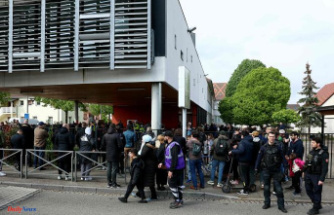They are crazy, these Gauls! Here they are revisiting the legend of the legionnaires of ancient Rome, dear to Asterix and Obelix. Tonight's documentary is not a comic book. It begins in 194 A.D. In the footsteps of a young volunteer – let’s call him Lucius – who comes to enlist in the legion. "A pledge of prestigious status and a secure income," says the voiceover - even though the young man "knows that he will have to serve the Empire for twenty-five years."
The film follows Lucius, now Miles ("soldier"), as he travels across the vast Empire at its height. “During the first two centuries of our era, the risk of death in battle exists, but it is low,” we are told. In fact, during the Pax Romana, the legionnaires were mostly border guards, spread all along the 5,000 kilometer "limes", the line of forts that ran from the North Atlantic coast to the Red Sea.
A visit to the ancient garrison of Vindolanda, along Hadrian's Wall – a 120 kilometer wall built in 120 AD. J.-C. (today in Scotland) -, allows us to discover how these expatriates lived on a daily basis on the borders of the Empire; and to note that, for two thousand years, not much has changed for armies in the field.
Precious remains
Occupied for three centuries, the site of Vindolanda conceals a number of banal but precious remains. Like those thousands of little writing tablets. One of them is a simple letter from his family to a soldier, describing what he will find in the parcel received: socks, underpants… "This is the first mention of the word 'underpants' in England" , congratulates one of the archaeologists, for whom these writings "totally humanize the Roman soldier". Just like this little toy in the shape of a mouse, which a legionnaire must have made for a child.
Food, animal skins, means of transport… All the logistics necessary for the functioning of an army appear in administrative tablets, contracts. Huge granaries contained enough grain for a year – a legionnaire consumed almost a kilo of bread a day.
In Lugdunum (Lyon), ceramologists "make the smallest shard of pottery speak". Fictional images reconstruct garrison life. Here is a room (contubernium) for six to eight people, with a central hearth, where we see the young Lucius cooking for his comrades.
Around the camps are developing small towns, with everything needed to allow these Romans to return to their usual way of life (taverns, thermal baths, etc.). A single coin, discovered in Vindolanda, could buy 25 liters of beer. A legionary's annual pay was 120 to 150 of these coins, or some 1,200 sesterces a year – the equivalent of 900 euros.
Since Augustus, the first emperor, the Roman legions have been a professional army. Rome devotes to it, at its peak, more than half of its resources – which the cessation of conquests, after the reign of Hadrian, will gradually dry up, for lack of spoils of war.
This film takes an astonishing journey through time and space, which sometimes resonates with today's world... Mathieu Vidard recalls that, over the centuries, the Roman army, far from the Epinal image of "uneducated peasants", became "multi-ethnic".












